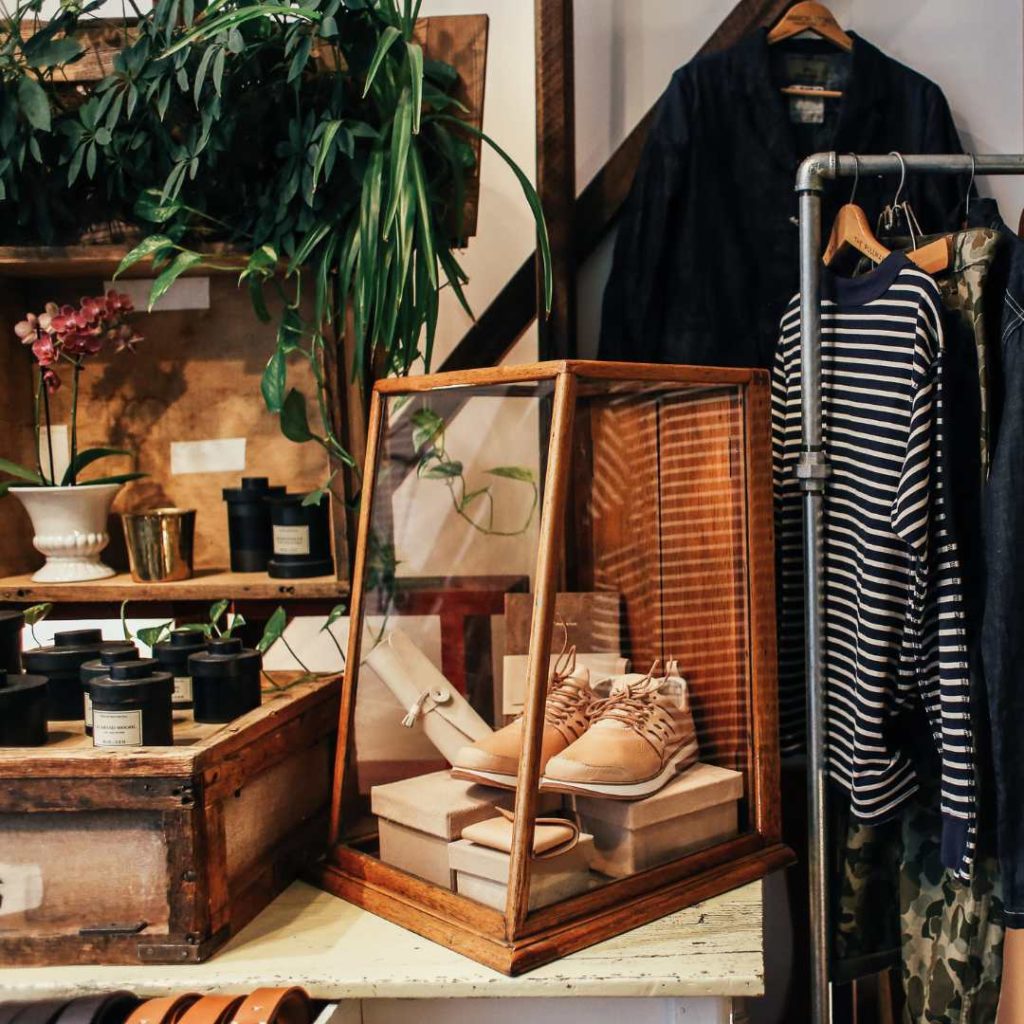In the realm of creating a thriving shopping business, establishing an inviting and functional space is crucial. Retail Fit Out Dorset include the design and setup of a shop, converting an bare shell into a engaging atmosphere that captures customers and improves their buying interaction. This venture is beyond appearance; it holds a crucial role in brand representation, client interaction, and in the end, profitability. As consumer expectations evolve, understanding the value of a thoughtful retail design can set your enterprise ahead in a competitive industry.
In this definitive manual to retail interior design fundamentals, we will discuss all facet of the fit-out procedure, from the starting idea to the final finishing touches. Whether you’re considering a new initiative or renovating an current locale, this guide will provide valuable guidance into design concepts, budgeting, project management, and the most recent trends defining the retail environment. With the right insight and approaches, you can create a retail space that simultaneously meets today’s needs but also foresees the coming of retail.
Grasping Retail Fit-Outs
Retail fit-outs are the comprehensive process of creating and building the interior space of a retail outlet to meet the brand's specific needs and customer demands. This involves changing an unoccupied or current space into a functional and inviting environment where items can be showcased and sold successfully. The value of a retail fit-out cannot be overstated, as it directly influences how customers perceive the brand and their overall shopping experience.
A successful retail fit-out goes further than mere looks; it encompasses intentional design and planning to improve customer engagement and drive sales. Factors such as store layout, lighting, and product placement are carefully considered to create an comfortable atmosphere that promotes foot traffic and browsing. By focusing on these aspects, retailers can greatly improve customer engagement and satisfaction, eventually leading to higher sales.
In recent years, the environment of retail fit-outs has developed with emerging trends and technologies. Retailers are now focusing on sustainability and innovation in their designs, demonstrating a growing consumer preference for eco-friendly and technology-driven environments. Understanding the nuances of retail fit-outs not only equips business owners with the insight to carry out efficient designs but also equips them to respond to an constantly evolving retail landscape.
Optimizing Your Shop Layout
When it comes to optimizing your retail layout, understanding customer flow is essential. Analyze how shoppers navigate through your space, identifying key areas where they stay or quickly pass through. Use this data to shape your layout, situating high-demand products in readily accessible locations to improve visibility. Additionally, take into account the placement of aisles, checkout counters, and product displays to create an welcoming atmosphere that encourages exploration and boosts dwell time.
Adding effective signage into your design can also markedly enhance shopper experience. Clear and eye-catching signs help guide shoppers through your shop, showcasing promotions and pointing them to key product areas. Utilizing digital displays or interactive screens can further capture customers, providing them with additional insights and augmenting their shopping journey. The aim is to ensure that customers feel invited and aware, making it more convenient for them to make purchasing decisions.
Furthermore, lighting plays a pivotal role in your retail layout optimization. The appropriate lighting can create mood, illuminate products, and even affect customers' emotion. Soft, warm lighting can make a space feel cozy and comfortable, while brighter lights can revitalize a retail space. Consider using accent lighting to illuminate particular products or areas, boosting their appeal. A well-thought-out lighting strategy will not only enhance the appearance of your store but also enhance overall customer satisfaction and sales.
Managing Costs and Sustainability
In the existing retail environment, controlling expenses while embedding sustainability has become crucial for success in business. One efficient approach is to emphasize energy-saving alternatives during the planning stage of your retail configuration. Using light-emitting diode lighting and eco-friendly HVAC systems can significantly reduce long-term operational costs. Additionally, choosing materials that have a reduced environmental effect can contribute to cost savings and attract the expanding number of consumers who prioritize eco-friendly practices.
Another aspect to consider is the potential for public funding for businesses that adopt green practices. Several regions offer deductions, grants, or rebates for enhancing energy effectiveness or using eco-friendly materials. Researching local and federal programs can provide monetary support while reinforcing your devotion to eco-friendliness. This proactive approach not only lessens some of the initial costs associated with a retail setup but also places your brand advantageously in a market that progressively values social responsibility.
Partnership with suppliers and contractors who have a commitment to sustainability can expedite your fit-out process while maintaining budget constraints. By choosing partners who specialize in eco-friendly designs and materials, you can utilize their skills to increase both cost efficiency and sustainable practices. This collaboration can lead to creative solutions that enhance the overall customer experience while ensuring the project on budget, guaranteeing your retail space is both inviting and sustainable.

